
War of the Second Coalition
Relentless fighting dominated the narrative in Europe for countless centuries. In a tradition that went back a thousand years, major powers would initiate and resolve yearly conflicts regularly. After France overthrew its monarchy and established the First Republic, neighboring monarchies and kingdoms formed loose alliances to seize control of France. The First Coalition War began in 1792, and a second war began in late November of 1798. France had survived the first organized assault on its borders, but whether it could survive a second incursion was yet to be decided. Military heroes like Napoleon Bonaparte were operating in full force on behalf of France at this point, and the world sat on the edge of its seat to see how France would manage another victory against all odds.
Background
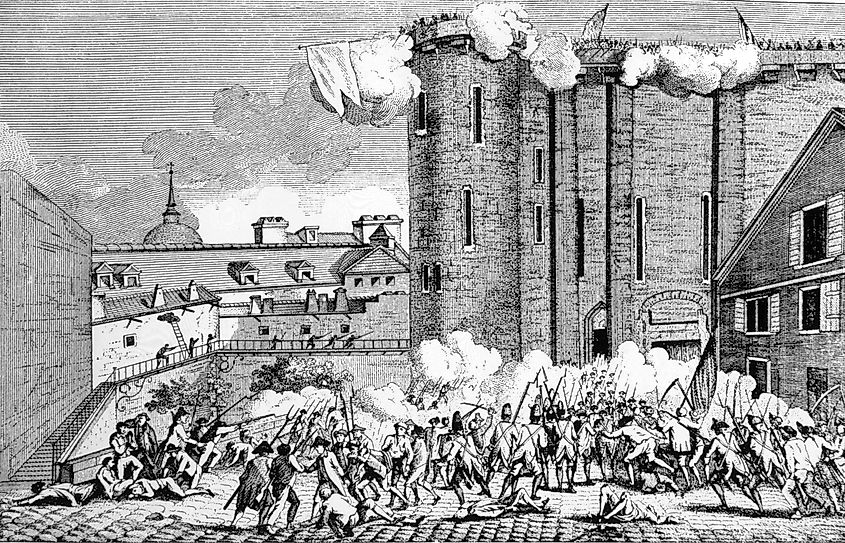
The first war was a six-year struggle that ended in 1797, despite ongoing disputes with Britain. Prussia and Austria had rallied against the newfound French Republic, and the war drew in the Papal States, The Dutch Republic, Parma, and others due to entangled alliances. Certainly, the unorganized effort assumed that conquering France would be a swift victory, with the spoils divided between coalition groups. However, as soon as Prussia stepped across the Rhine River in 1792, France’s ragtag forces manifested a contagious sense of unity and courage. Ultimately, France gained territories in areas like Austria and Italy. Peace only came when Venice was established as an intermediary zone between France and Austria, and that moment encouraged the rest of the First Coalition to disperse. Russia had not yet entered the scene but was growing more alarmed at France’s survival and increasing strength. Movements by French forces toward Egypt had angered the Russian Tsar, Paul I, and the alliances were triggered once again in late 1798 after a coalition attack on the French Ionian Islands.
Belligerents
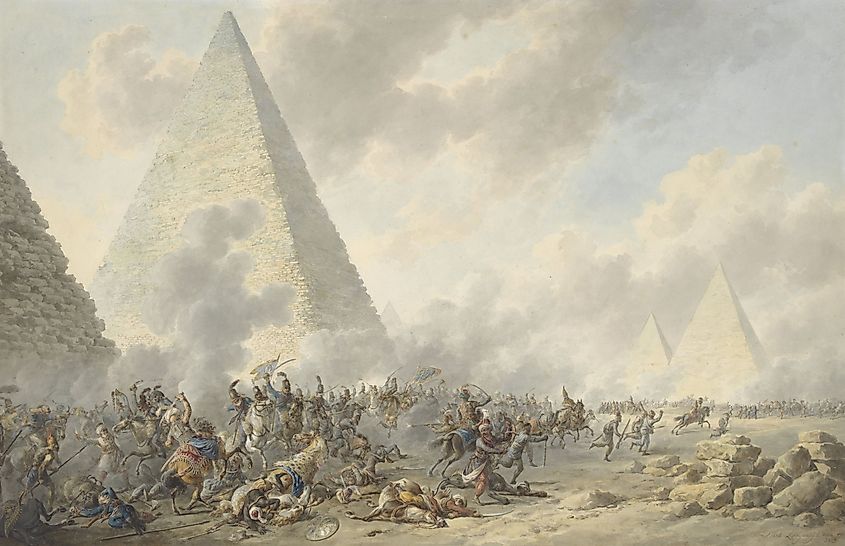
The first coalition had failed mightily, and Prussia had abandoned efforts in 1794, despite being a central part of the War of the First Coalition. Britain had never made peace with France and soon after found an ally in Russia who also wished to stifle French expansion. Both of them hoped to reestablish the deposed French monarch, King Louis XVIII. On the other hand, Austria (which represented the Holy Roman Empire) was deeply in debt after the first war, so joining a military conquest meant access to a potential financial boon. The Ottoman Empire had an eye on French-occupied Egypt, and so it joined the Coalition as well. Naples joined the conflict after allying with Austria in May of 1798, along with Portugal and Tuscany. Royalist forces, those who supported the monarchy, also worked to destabilize the French Republic. Spain, the Polish Legions, and a few vassal republics supported France during the War of the Second Coalition.
1799
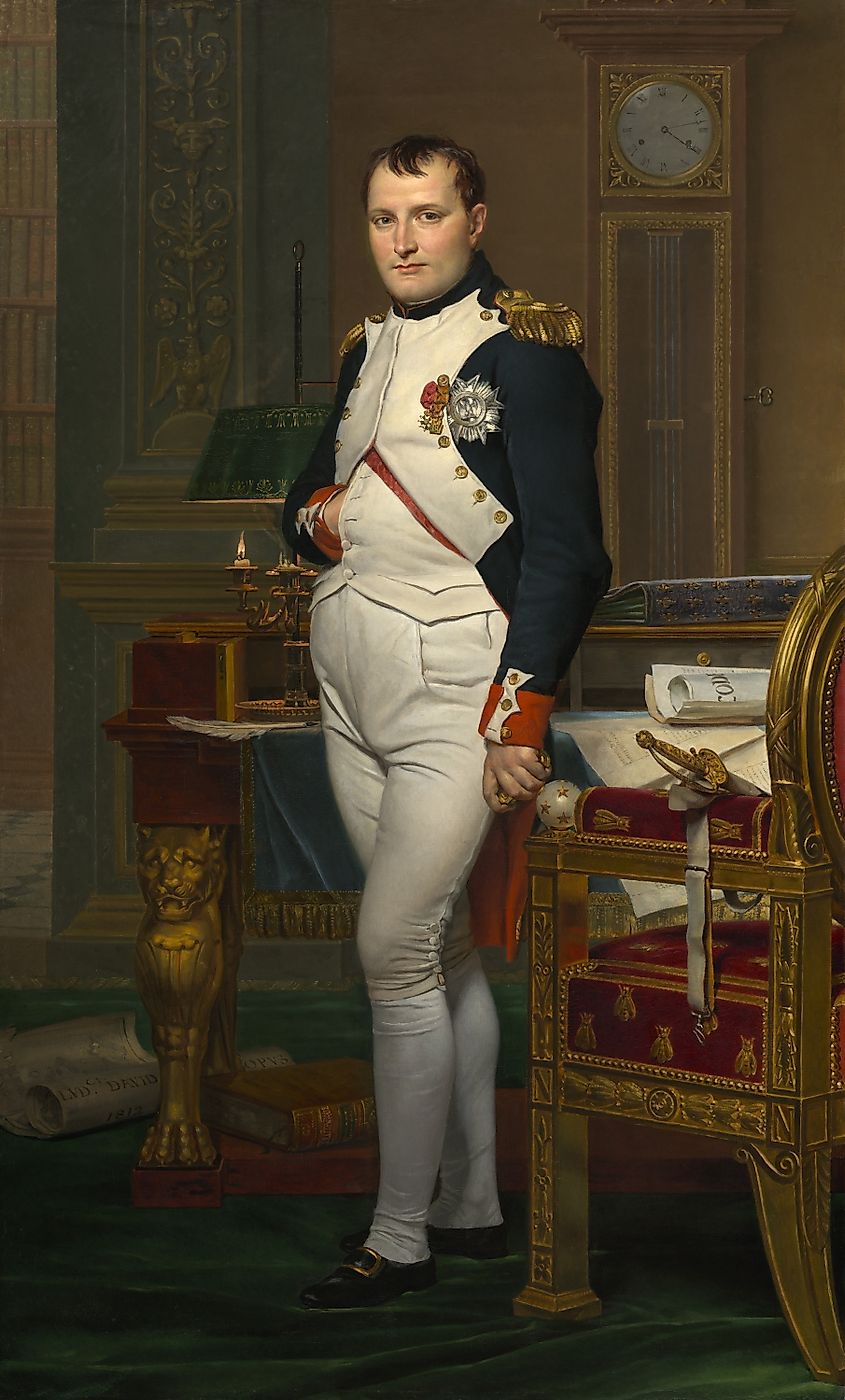
Napoleon made the most of 1799; after leaving Egypt, he returned to Paris, ousted France's governing body called the Directory, and assigned himself majority power which made him the de facto ruler of France. He had been summoned earlier in the year, but the communications never reached him, in hopes that he could respond to the invasions by coalition allies. Intriguingly, a Neapolitan force from Austria occupied Rome, only for France to defeat and claim victory over the city and army in January of 1799. This event also spurred the Coalition, which had slowly been forming to increase pressure on France through coordinated invasions. The Coalition had mounted campaigns throughout the Netherlands, Italy, and Switzerland, with most of their success occurring in Italy. Initial attempts to invade Switzerland were successful, but French defenses held their ground there, as well as in Holland.
1800
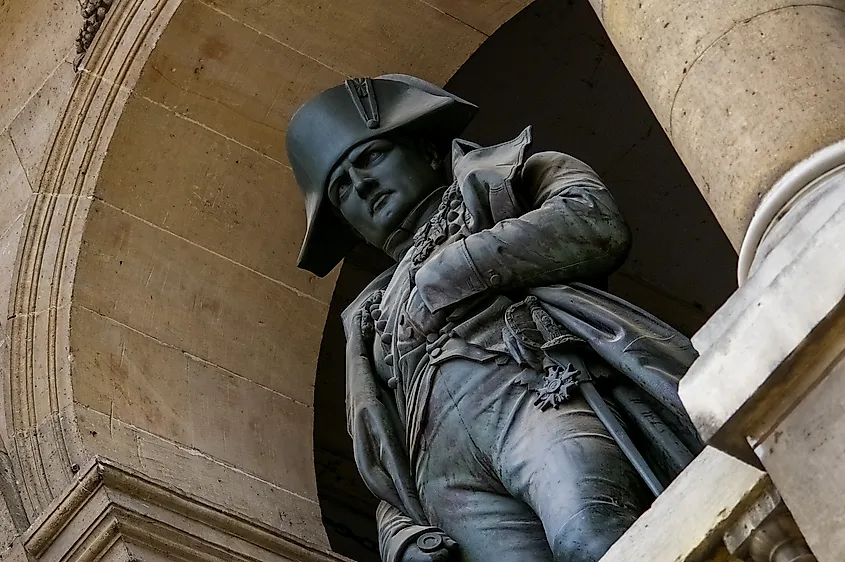
Finally, as the head of the French government, Napoleon understood that France needed unwavering leadership to survive the Coalition onslaught. The conscription policy was still in effect, allowing him to raise troops to push through Switzerland and confront the Austrian forces in Italy. This year was primarily a conflict between Austria and France, where the French General, Jean Victor Marie Moreau, also successfully faced Austria in Bavaria, resulting in an armistice. This Armistice of Steyr only applied to the German region and was intended to last only 30 days. Therefore, a second armistice was needed in Italy between France and the imperial general, Heinrich von Bellegarde. This armistice was significant because the Emperor of the Holy Roman Empire, Francis II, head of the Austrian forces, had sworn to Britain that he would not make peace with France before February of 1801.
1801
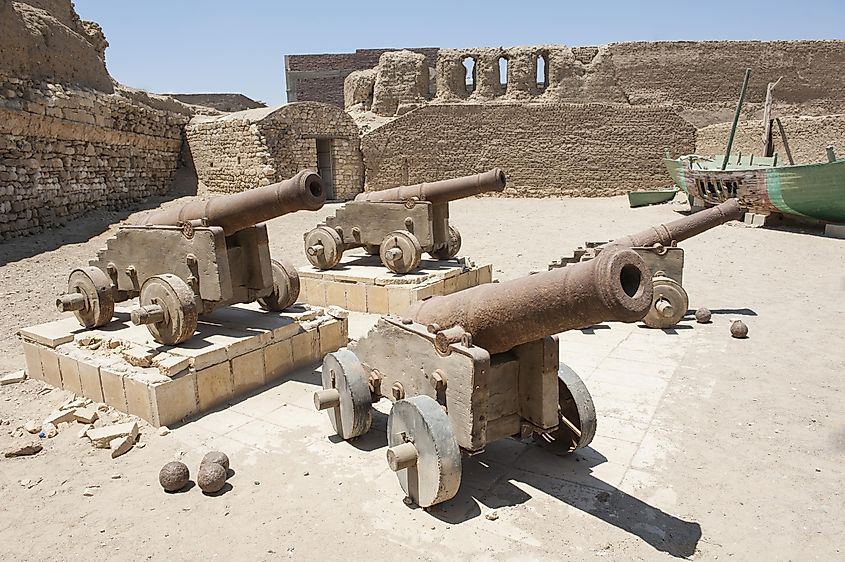
When the Austrians signed the Italian region's armistice in January 1801, this led to a peace signing between the Holy Roman Empire and France a month later, on February 9th. France was not as successful in Egypt without Napoleon’s direct guidance; the Ottoman Empire and Britain managed to capture Cairo and Alexandria, forcing a French surrender. Furthermore, several countries (including Prussia, Russia, Denmark, and Sweden) aided Britain’s use of naval control to suppress French sea movements. However, France and Spain teamed up for a joint attack on Portugal, which resulted in a treaty with Portugal. Even Russia relented, signing a treaty together in October of 1801. The Ottomans followed suit just a day later. Russia’s motive went beyond peace; France and the Tsar established a joint agreement to work together to counterbalance the strengths of the Holy Roman Empire.
Aftermath
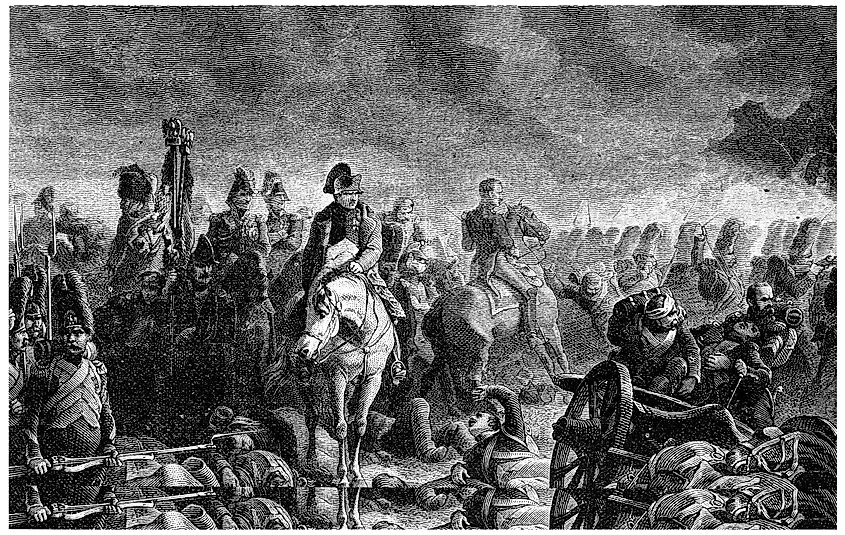
Between the War of the First Coalition and the War of the Second Coalition, a few key patterns emerged; Austria starts the fight, Britain joins in, and then Austria quits early after suffering defeat. Motivated by financial and territorial failures alone, the Holy Roman Empire, which operated through Austria, could not endure a more prolonged effort against French resistance. Moreover, it is understandable that the Ottoman, British, and Russian Empires could operate for an extended period of time when they did not suffer from those weaknesses. However, due to Russia and Austria backing out of the conflict, Britain did sign the Treaty of Amiens with France in March of 1802, ending their involvement for the first time in almost a decade. Given that Napoleon was still on the precipice of amassing his power in France, this treaty marks not just the longest period of peace in France between 1792 and 1815 but the last peace before the beginning of the Napoleonic Wars.











